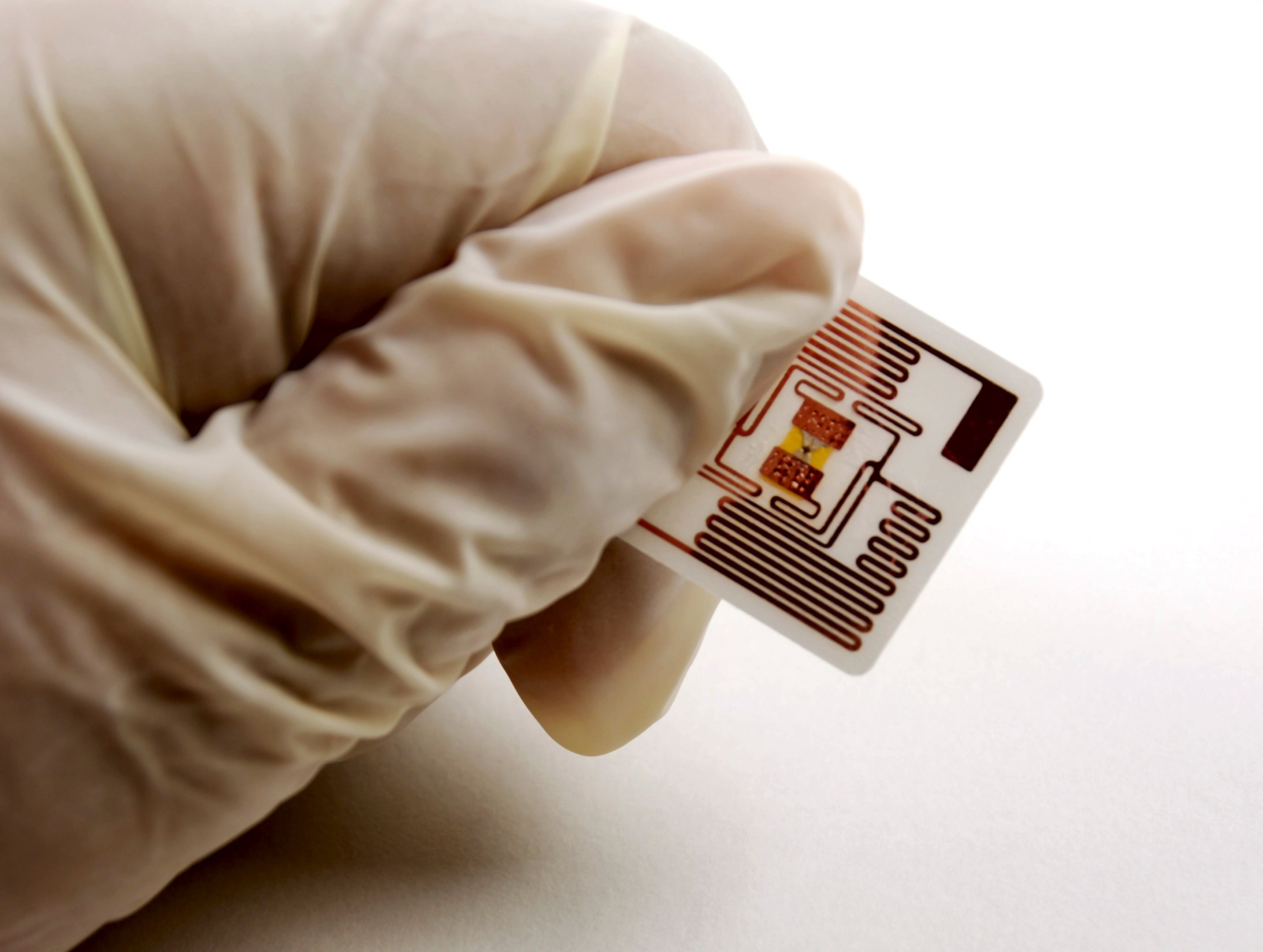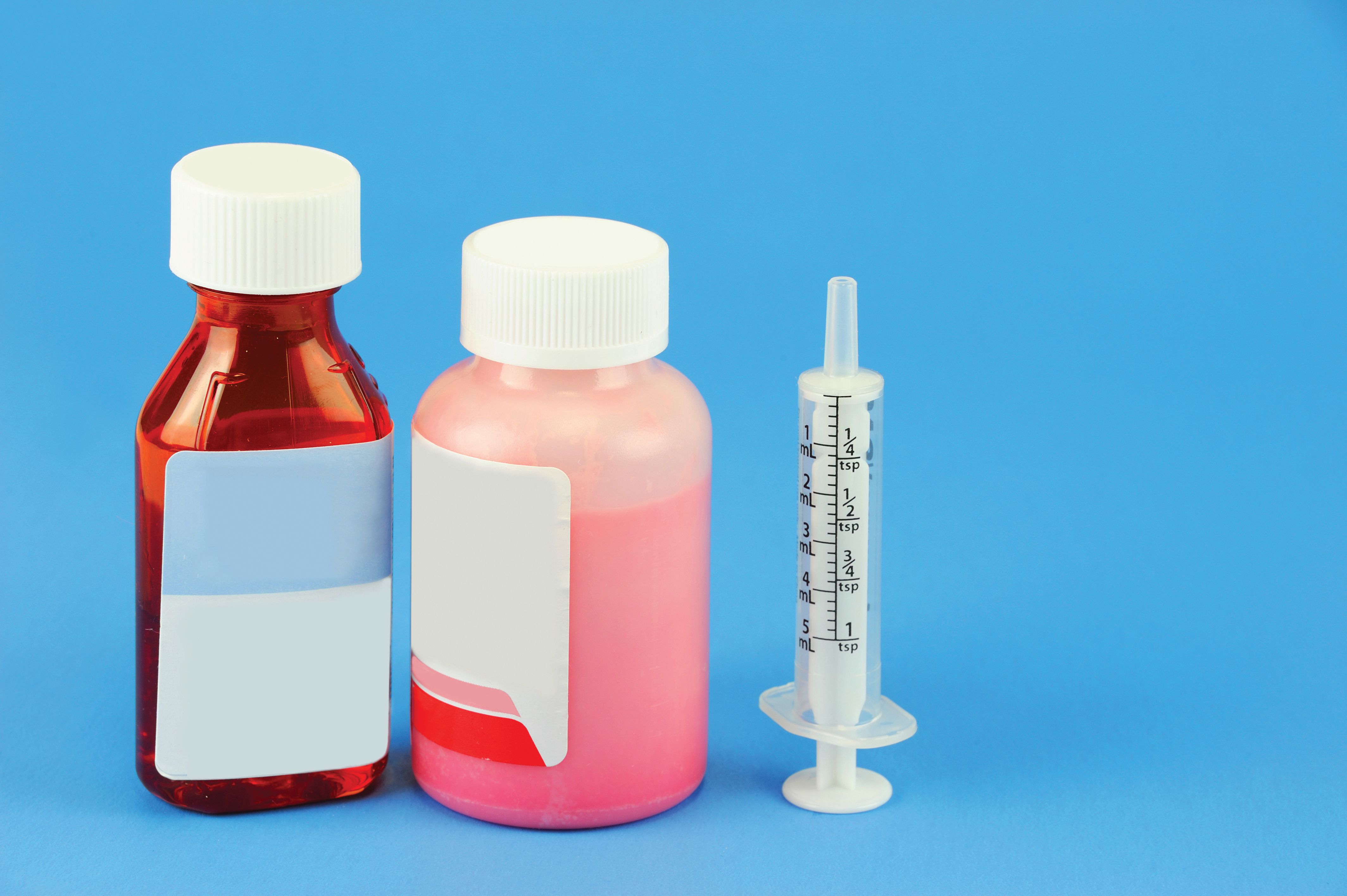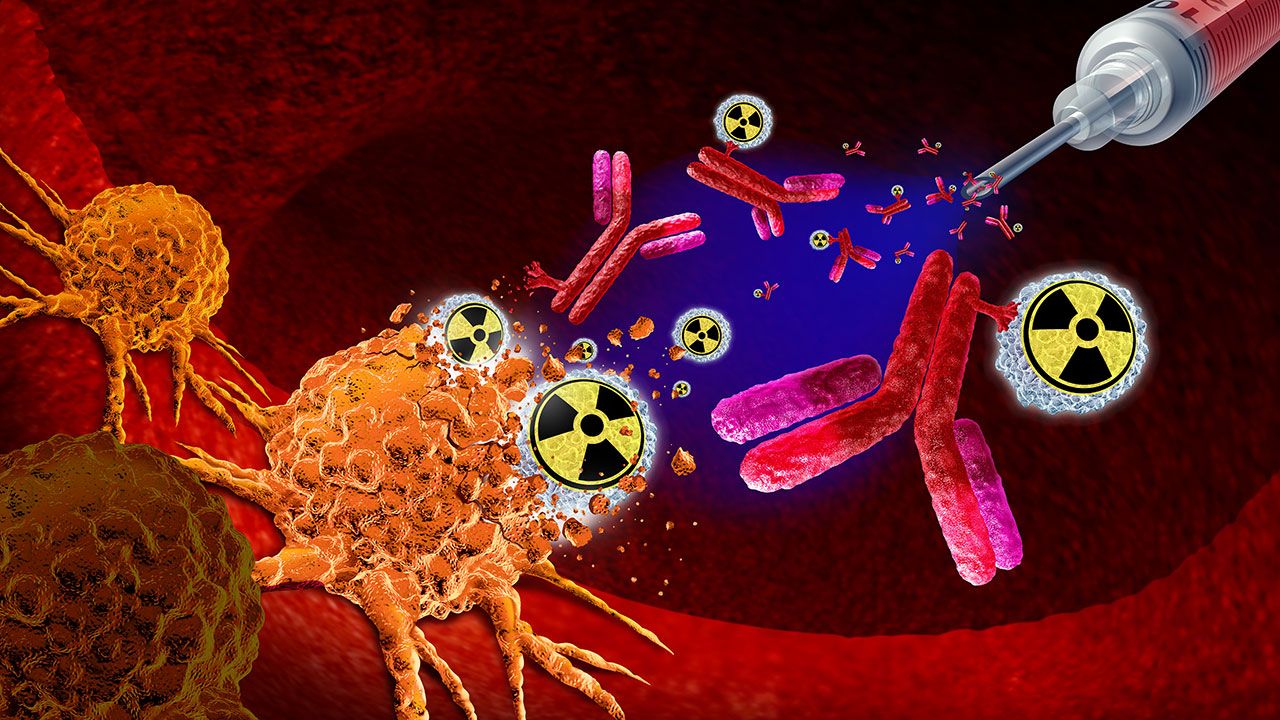News
Article
Pharmaceutical Technology
Disposable Technologies for Fill-Finish of Clinical-Trial Materials
The author examines the use and advantages of disposable technologies in the fill–finish of sterile pharmaceutical products and how these technologies can reduce costs and time in producing clinical-trial materials.
Companies developing biopharmaceutical products range from large multinational pharmaceutical companies to small, virtual companies financed by venture capital. One common factor these companies share is the need to develop products as quickly and efficiently as possible without compromising quality.
The majority of biopharmaceutical products are parenteral products that require aseptic manufacturing as opposed to terminal sterilization because biopharmaceutical molecules generally are heat-labile. Aseptic manufacturing of parenteral products may at first appear to be a simple and straightforward process. One may ask, "What is difficult about filling an aqueous liquid into a vial?" Aseptic manufacturing, however, is probably one of the most complex processes in the pharmaceutical industry because of the large number of variables that can affect the sterility assurance of the product. These variables include process design, facility design, the sterilization of materials, equipment, components, and the competency and training of personnel. The whole process also needs to be validated to show that a sterile product will be produced reliably.
Process benefits from disposable technologies have been shown many times (1, 2). This article examines the use of disposable technologies in the fill–finish of clinical-trial supplies as a means of improving production economics and process efficiencies.
Process design
Early-phase clinical trials are often small studies that require low volumes of material to support them. Even if the clinical trials are relatively large, the quantities of the biopharmaceutical active ingredient of a suitable quality are typically small. As a result, the batch size for the manufacture of the clinical-trial material typically is a few liters. Manufacturing losses (e.g., solution remaining in the bottom of vessels and in pipe work or filling lines at the end of the batch manufacture) need to be minimized so that yields of the often costly biopharmaceutical product are maximized. The manufacturing plant must be flexible enough to accommodate all these requirements.
If the plant is a multiproduct facility with components of fixed stainless-steel or other materials, methods for cleaning the equipment need to be developed. Analytical methods and associated sampling techniques for determining the residues of the active materials after cleaning also need to be developed and validated. These methods must be in place before any manufacture can take place, as without verified clean equipment, no other products can be made. This requirement can add as much as two months to the development program. The cost of developing and validating these methods can be in the thousands of dollars; therefore, it is advantageous to remove this requirement from the program.
Disposable technologies for manufacturing clinical-trial materials allow for flexibility in the manufacturing plant and low manufacturing losses. Because the product-contact parts are disposed of, there is no need for cleaning methods and the development and verification of analytical methods for these cleaning procedures. There are many different ways in which a parenteral biopharmaceutical product may be made. However, the process can be broken down into three distinct activities: compounding (i.e., the preparation of the solution to be filled); filtration (i.e., the method of sterilizing the solution); and filling (i.e., dosing the sterile, filtered solution into sterile vials and sealing them with sterile stoppers and collars). Disposable technologies can be used in each of these subprocesses as outlined below.
Applying disposable technologies
Compounding. Compounding of a biopharmaceutical product can be as simple as combining the contents of a few bottles of thawed material or diluting a solution to a defined concentration. For small batches (i.e., volumes up to 20 L), standard bottles made of glass, polypropylene, or polyethylene, or flexible bags may be used. If a custom design is required, these containers can be developed in collaboration with suppliers. Agitation can be achieved easily with disposable magnetic followers, paddle stirrers, or recirculation of the solution.
Larger batches (i.e., volumes in excess of 20 L) also can be manufactured using disposable technologies. Plastic and glass bottles may be used, but the manual handling of such containers needs to be considered as the batch size increases. Tank liners and large flexible containers supported in a specifically designed trolley may be a more suitable choice for the larger batch. Agitation can be achieved by employing similar techniques as those used for the smaller batch sizes. Sophisticated, purpose-built, disposable mixing systems are commercially available for batches of volumes of 200 L and larger, including features such as jackets for temperature control.
Filtration. Filter manufacturers have been providing disposable filters to the pharmaceutical industry for many years. Capsule filters, with a range of filter membranes, are available in many different sizes and can be supplied presterilized. The capsules are often used as replacements for filter cartridges in a stainless-steel housing. The filter manufacturers have taken the disposable concept one stage further by supplying custom designed sterile-filtration systems, complete with filtration lines, molded silicone fittings, plastic connections, and waste bags to contain the wetting fluids. This custom design has the advantage of reducing the number of aseptic connections required, which significantly decreases the time to make up and sterilize the filtration system in the manufacturing facility.
Filling. Most filling systems do not use disposable technologies for the dosing of the solution into the vial. For example, many filling systems use displacement pumps that are made from stainless steel. These filling systems often can be modified to accommodate disposable systems such as peristaltic pumps. Advances in peristaltic technology have improved the performance of peristaltic pumps. The accuracy and precision of doses are ensured, as are reliable performance, easy and quick setup, fast line turnarounds (with pre-prepared, sterilized disposable tubing, complete with filling needles), and low manufacturing losses. Peristaltic pumps have other advantages compared with traditional displacement pumps such as suitability for shear-sensitive compounds (e.g., proteins) and viscous solutions.
The solution can be filled from a disposable filling bag such as a flexible bag. Flexible bags are available in a wide range of sizes, typically from 1 L to hundreds of liters, which can make scaling up a much simpler process. The flexible bags are sterile and ready to use, thereby reducing the setup time by removing the need for autoclaving vessels. Companies can collaborate with the manufacturers of the disposable bags to facilitate fewer and less complex aseptic connections. The disposable bags can be designed to be physically strong and to have low gas permeability by using several layers of different plastics. Compatibility with typical pharmaceutical ingredients is optimized by making the inner layer polyethylene, a plastic commonly used in many dosage forms. Manufacturers of disposable bags have conducted extensive testing on the plastic components used to demonstrate compatibility with biological systems and can demonstrate compliance with US Pharmacopeia Class VI requirements. For small batch sizes, flexible bags can be designed to hang toward the end of the batch, so the solution is filled and gravity-fed to the dosing pump, thus reducing manufacturing losses.
Process design
Disposable equipment used to manufacture clinical-trial materials has certain advantages:
- Removes the need to clean product-contact equipment
- Eliminates the need for cleaning-verification methods
- Almost totally eliminates the risk of cross-contamination
- Reduces line changeover times
- Reduces the number of aseptic connections
- Simplifies the aseptic line build
- Reduces manufacturing losses
- Improves sterility assurance
- Improves waste management.
Waste management
Although the advantages of disposable technologies may seem compelling, disposable technologies' disadvantages need to be considered. The increased use of disposable technologies results in an increase in the quantity of solid waste, which frequently requires incineration. Disposable technologies, however, also lead to a reduction in the quantities of water for injection (WFI) and chemicals to clean reusable equipment. For example, in a study on the use of disposable technology in a concept biomanufacturing system, the estimated saving in WFI usage was 80%. Substantial reductions in the use of cleaning chemicals also were reported (3). The study also estimated a 72% saving in electrical power when compared with a similar manufacturing facility (3). These benefits outweigh the costs associated with disposal and incineration. Moreover, reducing chemicals and power not only produces cost savings, but also reduces the environmental impact of the manufacturing process.
Converting to a disposable system
Changing an existing reusable system to one that takes advantage of disposable technologies may not always seem to be an attractive option. The investment already made in existing equipment may restrict the implementation of disposable technologies in some facilities. However, even if it is considered to be impractical to invest in an entire disposable system, advantages can be gained from introducing elements of the disposable systems previously described. For example, increasing the use of disposable vessels (e.g., glass or plastic bottles and flexible bags) will potentially decrease turnaround times by reducing cleaning requirements.
Conclusions
Disposable technologies in the manufacture of clinical supplies of biopharmaceuticals offer the benefit of reducing cost, time, and risk. Some disposable technologies can be introduced into an existing facility quickly and at minimal cost. Savings can be achieved in the manufacturing process, and time efficiencies can be realized. By taking advantage of the removal of the requirement for cleaning verification when a fully disposable manufacturing equipment train is used, the time to get the product to the clinical trial can be reduced by as much as two months. For some companies, this improvement may be the most significant benefit of all.
References
1. A. Sinclair and M. Monge, BioProcess Intl. 3 (9), s51–s55 (2005).
2. M. Fuller and H. Pora, BioProcess Intl. 6 (10), 30–36 (2008).
3. G. Hodge, BioProcess Intl. 2 (5), 74–80 (2004).

Newsletter
Get the essential updates shaping the future of pharma manufacturing and compliance—subscribe today to Pharmaceutical Technology and never miss a breakthrough.





